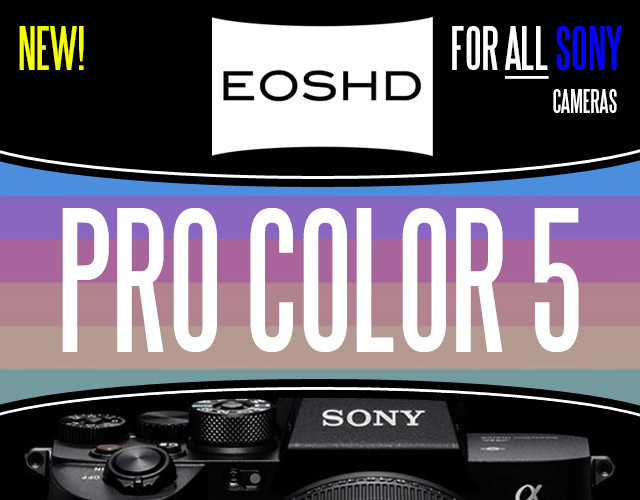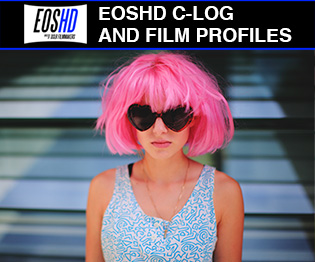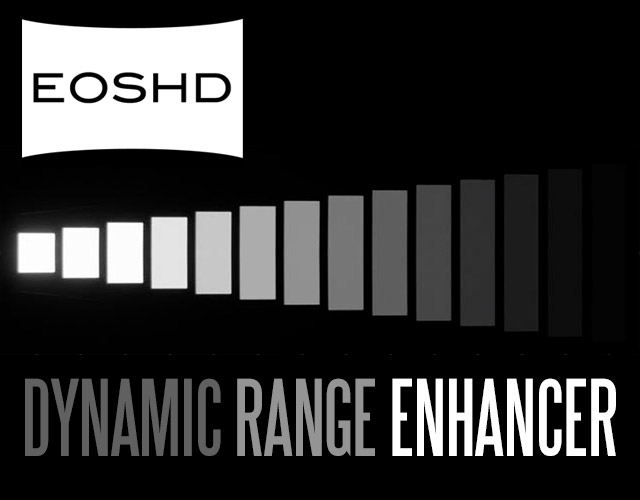-
Similar Content
-
- 0 replies
- 1,421 views
-
Does the GX7 give a better 1080p image than the GH4?
By Guest a6cba463b7b6f059de127c1b121c0c78,
- 0 replies
- 2,369 views
-
- 10 replies
- 3,307 views
-
- 1 reply
- 2,634 views
-
- 26 replies
- 35,369 views
-








Recommended Posts
Create an account or sign in to comment
You need to be a member in order to leave a comment
Create an account
Sign up for a new account in our community. It's easy!
Register a new accountSign in
Already have an account? Sign in here.
Sign In Now